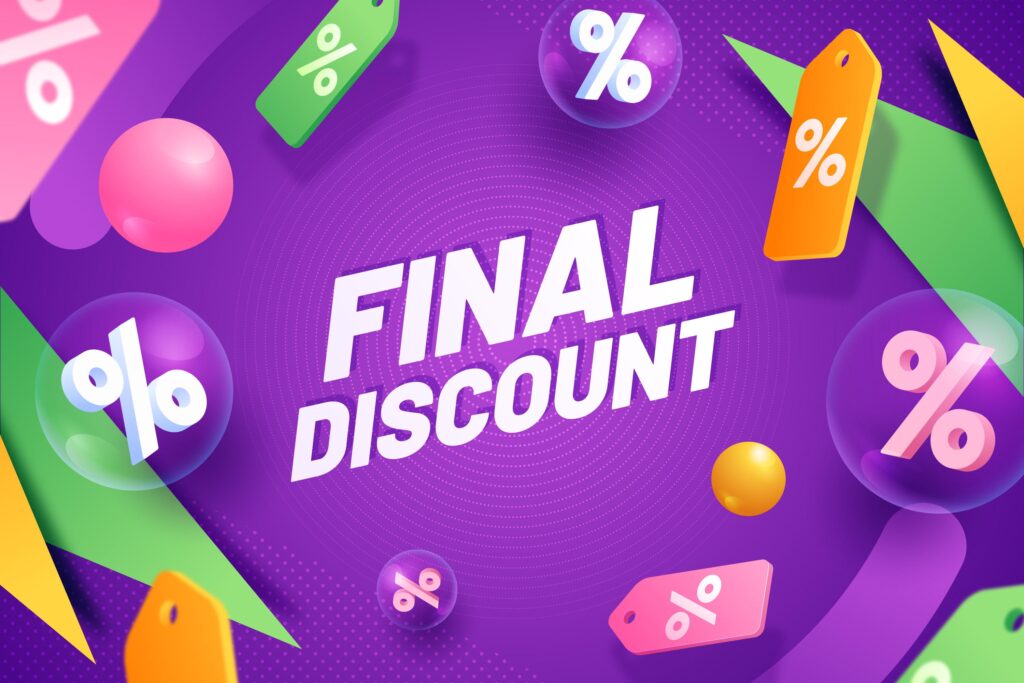What is Competitive Pricing?
Competitive pricing is a pricing strategy used mainly by retailers to stand out amongst their competitors. The strategy entails determining and refining price points by monitoring and reacting to market competitors’ prices. Businesses in retail and e-commerce use competitive pricing strategies to attract price-conscious customers who compare retail prices with competitors who sell similar products/services.
How does Competitive Pricing work?

1. Identify Competitors
Identify your competition and their public pricing data. Most large-scale retailers post their products with descriptions and prices on their websites.

2. Price Monitoring
Once you have collected competitor names, websites, and product names, you can then use monitoring software, such as DataSearch, to monitor their prices over time. Using efficient competitor price monitoring software, you can see how product prices change over time and across competitors.

3. Price Comparison & Matching
The next step is to match and compare the products and their prices. Price-matching software uses an algorithm to automatically match the same products from different retailers and display all of their prices to you. Then, you can observe where your brand places in the line of competition.

4. Price Change
Lower prices
Setting prices lower than your competitors on direct product competition attracts customers who actively look and compare for the best deals they can find.
Higher prices
Setting prices slightly higher than competitors can make your brand stand out as the more prestigious option. For example, a “premium” package that adds extra features and accessories to a base product can attract more customers looking to make a transaction with added benefits. The perceived value of your products is molded by suitable marketing strategies, brand representation, reputation, and more than just your prices.
Matched prices
When retailers keep their prices to the same points as their competitors, they can play with psychological pricing strategies such as using €18.99 when their competitor sells the same product for €19. These types of strategies focus on how a price is presented and perceived by clients rather than the price itself.
More advanced Competitive Pricing Strategies:
Over the years, retailers have gotten creative with how they stand out from their competitors with their pricing. The following three strategies are some of the simple but proven strategies that play to the human psychology of a buyer and create attractive deals to attract more sales.
Penetration pricing
Entering the market with low prices and then increasing them once you have a more dedicated client base
Promotional pricing
Increasing urgency to purchase a product by launching a sales campaign of temporarily lowering the price

Captive pricing
Selling side products, accessories, or extra features separate from the main product and clients buy both/all to get the full value of the main product
Read more on Price Point Strategies for Retailers.
Example of Competitive Pricing in use
Suppose you sell the iPhone 14 in your online shop in Europe. The price monitoring system will collect data from other regional businesses selling iPhone 14s and compare their resale prices side-by-side. Then, you can see if your prices are higher, lower, or the same as your direct competitors and make any changes accordingly. Furthermore, the system collects the iPhone 14 pricing data daily and tracks how they change over time. As a retailer, you can use the monitoring software data to consistently make your iPhones the cheapest in the highly competitive smartphone market, attracting more demand and profit.
Benefits of using Competitive Pricing Strategies
Potential benefits of implementing a competitive pricing strategy include the following:
- Quickly react to competitor behavior
- Dominate more market shares than your competition
- Perform well-researched discount campaigns
- Attract new customers and increase traffic with stand-out deals designed to outrun your competitors
- Increase retention rates
- Discover new products and competitors in your market
What types of businesses can benefit from using Competitive Pricing?

E-commerce retailers
With online retail making up a massive part of the internet, a Google search for a product usually brings back countless listing results from different websites. The best way for you to stand out is by having the most up-to-date prices and marketing strategies in the sea of e-commerce.

Dropshipping businesses
In the dropshipping industry, marketing is the key to success. Keep yourself updated on the prices of the goods you are marketing from sellers and their competitors.

Manufacturers
Purchasing raw materials for mass production is a unique experience because a small price change can significantly affect total expenses. Having price change alert notifications on essential goods enables you to take timely action and avoid unwanted extra fees and confusion.
Automate your Competitive Pricing Strategy
Use our Competitor Price Monitoring Solution to quickly and efficiently keep track of competitors’ price points. Our sub-brand, DataSearch, is designed to find, gather, and structure your competitors’ prices so you can compare them with your own and make data-driven decisions.


